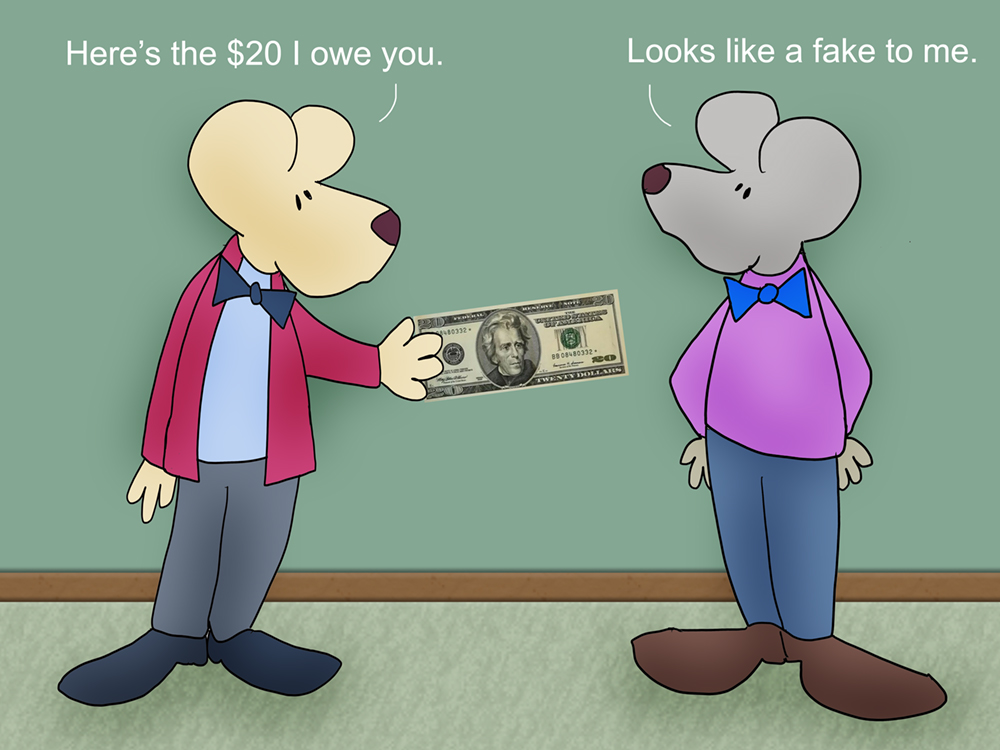Harriet Tubman was supposed to get a bill. Yes, a dollar bill. The $20 bill to be exact. It was supposed to happen this year, in 2020. But the Trump administration pulled the plug on this slated design by the U.S. Treasury. Trump has said maybe they’ll find a spot for her on a $2 bill.
So many of us carry those. Just in case we need two things at The Dollar Store.
When I was in the fourth grade, or so, I wrote a book report on Harriet Tubman. I can’t remember who my teacher was that year, but I also wrote reports on Babe Didrikson and Jim Thorpe. They were my choices. I remember Harriet the most.
I was mostly curious about the concept of slavery and wondered how those things could have happened. I wanted to know more details about the “Underground Railroad” and how it worked. I wish I knew which book I read about her, as I regarded it with sincere attention.
The other night we watched the 2019 release of the film, Harriet. We enjoyed the movie entirely. It was a very adventurous depiction of Harriet. It is still how I saw her in my fourth-grade head. Of course, after watching, I had to fact check the movie, to see how accurate it was. According to several sources, Hollywood got most of it right in this case.
She was born into slavery, on a plantation somewhere in Maryland, around 1820. Born into slavery.
Born into slavery. Here in the United States, where all men are created equal. Yes, the place built upon the knowledge that in America, we hold these truths to be self-evident, that all men are created equal, that they are endowed by their Creator with certain unalienable Rights, that among these are Life, Liberty and the pursuit of Happiness.
Born into slavery. How could such a thing happen?
But there was Tubman. She and so many others knew just how wrong this was, to enslave another human being. So. Tubman risked her life to lead hundreds of slaves from the tyrannical plantations, and on to freedom. The Underground Railroad becoming an elaborate secret network of safe houses.
She also helped the Union Army in many ways during the Civil War. Among them becoming a spy. And notably, she was the first woman to lead an armed expedition during the Civil War. She guided the Combahee River Raid, which liberated more than 700 slaves in South Carolina.
Tubman belongs in one of the biggest spotlights of our history, reminding us just how misguided people can be when money and power take control of things. It is a place where we continue to walk, as money and power have always been in control of this country.
Currently, Andrew Jackson is on the $20. Jackson, the slave owner himself. He was among the large number who were deaf to the opening words of our Declaration of Independence. He had no intention of freeing slaves. Above and beyond that, he forced the removal of Native Americans from their ancestral lands.
Like Jackson, President Trump was a populist candidate. Both of them thumbed their noses at political “elites.” And then, when Trump came into office, he made Jackson’s legacy even more prominent.
As Politico reports, “one-time Trump advisor Steve Bannon revered Jackson and championed him as a kind of mascot for the president.” It wasn’t long after Trump moved in that a portrait of Andrew Jackson had been hung in the Oval Office. So, while Trump’s in office? There’s no way in hell Harriet’s going to get her deserved place in our culture. Our history.
As for the rest of us who truly believe that all humans are created equal — to which the Laws of Nature and of Nature’s God entitle them —
We should never let the world forget.
==========
“Above all, don’t lie to yourself. The man who lies to himself and listens to his own lie comes to a point that he cannot distinguish the truth within him, or around him, and so loses all respect for himself and for others.”
― Fyodor Dostoevsky, The Brothers Karamazov
==========
“In a time of deceit telling the truth is a revolutionary act.”
― George Orwell
=========
“Facts do not cease to exist because they are ignored.”
― Aldous Huxley, Complete Essays 2, 1926-29
===========
Harriet and the good mission
